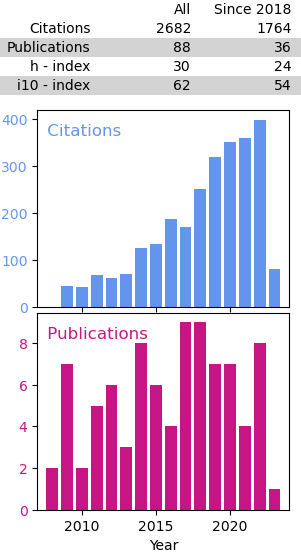About
I am an Independent Contractor working in Thunder Bay. I am an expert in data and statistical analysis with a research focus in Space Weather and the dynamics of the magnetosphere during geomagnetic storms and substorms. As a contractor I provide expertise in research and analysis, project management, and proposal development. Having worked in academia for over 15 years I have also developed a clear teaching philosophy that focuses on engaging students and developing vital soft and critical thinking skills.
Recent Work
Research: My paper A Framework for Understanding and Quantifying the Loss and Acceleration of Relativistic Electrons in the Outer Radiation Belt During Geomagnetic Storms was highlighted in the July 2020 Space Weather Quarterly and featured on the cover of Space Weather Volume 18, Issue 5.
From the Quarterly - A new framework to understand radiation belt content during geomagnetic storms is presented, with an initial loss phase followed by a enhancement phase. The response is found to be independent of the driver type but dependent on the solar wind input and magnetosphere state. Radiation belt loss is organized by the location of the magnetopause and the strength of Dst and ultra-low frequency (ULF) wave power. The radiation belt enhancements are organized by the amplitude of ULF waves, the auroral electroject index, and solar wind energy input.
Communication and Service: The Magnetosphere Online Seminar Series was established in response to the cancelation of several scientific meetings and to encourage continued interaction within the Space Physics community during the Covid-19 pandemic. The series hosts weekly seminars on Zoom and YouTube live streams. You can learn more about the series on the Magnetosphere Online Seminar Series website, see upcoming seminars on the schedule, read about previous seminars on the Blog, and watch previous seminars on the YouTube channel.
Projects: GMAG is a Python module providing the utility to download and load data from various ground-based magnetometer arrays in a Pandas DataFrame. The GMAG site provides an overview of the module, a few examples, details for each Array supported by the module, a map of magnetometer stations, and a searchable table of the geographic and geomagnetic coordinates of magnetometer stations in each array.

